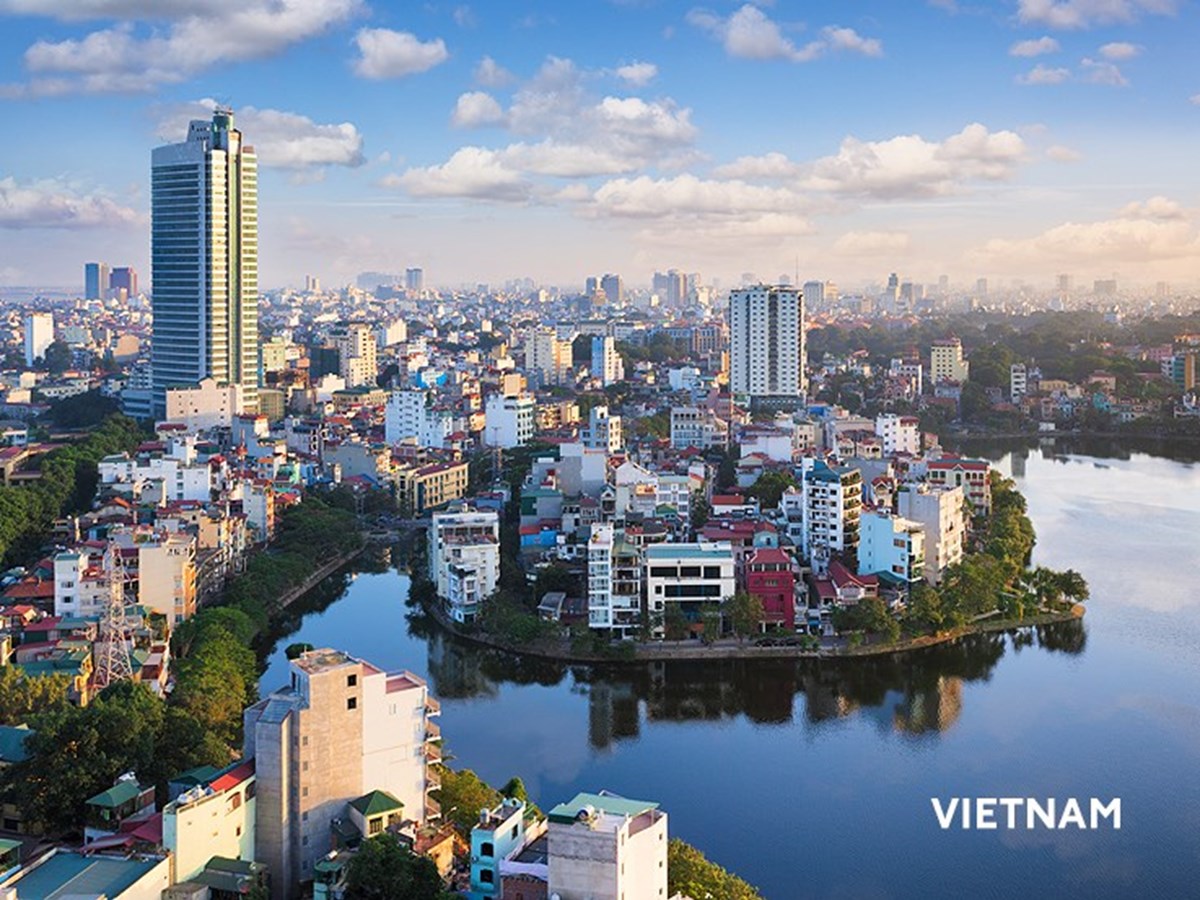15 April 2024
Following the issuance of the National Power Development Plan VIII (“PDP8”) on 15 May 2023, the Vietnam Prime Minister, on 1 April 2024, approved the Plan for the Implementation of PDP8 (“Implementation Plan”).
For more on PDP8, please see our article “Renewable energy in Vietnam given significant boost with approval of National Power Development Plan VIII”.
This article provides an overview of some of the key takeaways of the Implementation Plan.
Project approvals, investor selection, and tariffs
The Implementation Plan does not contain a full list of the projects that have been approved for implementation with respect to all electricity-produced sources. Instead, the Implementation Plan:
- allocates the approved capacity in respect of certain sources (such as offshore wind) to the various regions within Vietnam;
- sets out the list of approved projects (together with the expected operating life cycle and the completion status of such projects), in respect of certain sources (such as onshore wind, domestic gas, hydropower, biomass, and liquefied natural gas (“LNG”)); and
- remains silent on the projects to be implemented in respect of certain sources (such as self-consumption solar projects).
While the Implementation Plan does not provide guidance on the means to determine investor selection or specify how project tariffs will be determined, it contemplates the issuance of subsequent laws that could address such issues (please see the section “Issuance of new laws” below).
Vietnam’s energy make-up under the Implementation Plan
The total planned capacity under the Implementation Plan is generally in line with the planned capacity under PDP8. The table below sets out the approved power capacity under the Implementation Plan up to 2030.
|
Source
|
Capacity (MW)
|
|
Prioritised power sources
|
|
Domestic gas
|
14,930
|
|
LNG
|
22,400
|
|
Coal-fired
|
30,127
|
|
Cogeneration
|
2,700
|
|
Hydropower
|
29,346
|
|
Pumped storage hydropower
|
2,400
|
|
Renewables
|
|
Offshore wind
|
6,000
|
|
Onshore wind (including near shore)
|
21,880
|
|
Hydropower
|
29,346
|
|
Biomass
|
1,088
|
|
Waste-to-energy
|
1,182
|
|
Rooftop solar (self-consumption)
|
2,600 (note that this figure represents the additional approved capacity for the period of 2023 - 2030 and the Implementation Plan does not specify the total approved capacity)
|
|
Battery storage
|
300
|
|
Other power sources
|
|
Flexible
|
300
|
|
Laos import
|
5,000 - 8,000
|
Other project specific and investment issues
Wind projects
- Offshore wind: Under the Implementation Plan, the approved capacity for offshore wind up to 2030 is 6,000 MW, which is in line with PDP8. There is no list of approved projects for offshore wind under the Implementation Plan. Instead, the Implementation Plan allocates the approved capacity to various regions within Vietnam as follows: North (2,500 MW), South (1,000 MW), Southern Central (2,000 MW) and Central Middle (500 MW).
- Onshore wind: Under the Implementation Plan, the approved capacity for onshore wind (including near shore projects) up to 2030 is 21,880 MW, which is in line with PDP8. Table 9 of Appendix III of the Implementation Plan sets out the list of approved onshore wind projects (together with the expected operating life cycle and the completion status of such projects). With that said, we would highlight that the total capacity of the onshore wind projects listed in Table 9 only amounts to 10,102 MW, and based on our discussions with various industry players we understand that the list in Table 9 will be supplemented to include additional projects at a later stage.
Solar projects
- Self-consumption rooftop solar projects: The Implementation Plan provides for 2,600 MW of additional approved capacity of self-consumption rooftop solar projects for the period of 2023 to 2030. Such increase in the approved capacity for self-consumption rooftop solar projects is in line with the figures set out in PDP8. There is no list of approved self-consumption rooftop solar projects in the Implementation Plan, but it does contemplate the issuance of new laws relating to the development of self-consumption rooftop solar projects (please see the section “Issuance of new laws” below) which may provide further guidance on this issue.
- Delayed grid-connected solar projects: As with PDP8, the Implementation Plan provides that the 27 solar projects that were previously approved under Plan 7 but have not been assigned to an investor will be put on hold and considered after 2030.
LNG and domestic gas
- Tables 1 and 2 of Appendix III of the Implementation Plan set out the list of approved LNG and domestic gas projects respectively, together with the expected operating life cycle and the completion status of such projects.
Investment needs
- Similarly to PDP8, the Implementation Plan estimates the private investment capital demand needed to reach its power source development and transmission grid 2030 goals as being US$134.7 billion (comprising approximately US$119.8 billion for power generation and US$14.9 billion for transmission lines).
- For the period 2021 - 2025, Vietnam estimates requiring approximately US$57.1 billion (comprising approximately US$48.1 billion for power generation and US$9 billion for the transmission lines).
- For the period 2026 - 2030, Vietnam estimates requiring approximately US$77.6 billion (comprising approximately US$71.7 billion for power generation, and US$5.9 billion for the transmission lines).
Power import
- As discussed in PDP8, the Implementation Plan contemplates that approximately 5,000 MW of electricity will be imported from Laos by 2030.
Issuance of new laws
The Implementation Plan contemplates that new laws relating to the following matters will be issued by 2025 to further facilitate the implementation of PDP8 and the Implementation Plan:
- Establishment of the mechanism to determine the tariffs payable in respect of each fuel source;
- Direct Power Purchase Agreement (DPPA) regime for the sale of renewable energy to private off-takers;
- Development of self-consumption rooftop solar power projects;
- Revisions to the Law on Electricity and the Law on Efficient Use of Energy; and
- Development of a carbon credit market.

